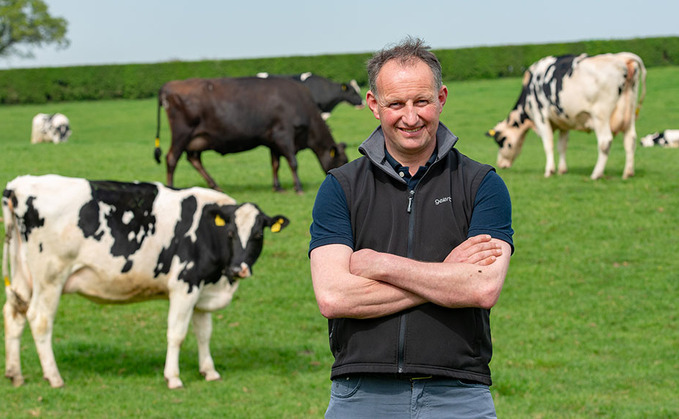
September rolls on with the local area mostly caught up now. Fields of grain, straw and silage have led to some very full barns locally. The late season grazing has been cleared nicely with some really...

September rolls on with the local area mostly caught up now. Fields of grain, straw and silage have led to some very full barns locally. The late season grazing has been cleared nicely with some really...
Chawton gamekeeper Tony Rietzler has been remembered as taking pride in his work, being honest, hard-working, kind and generous
Nature Friendly Farming Network's Martin Lines writes on how farmers can solve some of the most pressing issues society faces, from food security to climate breakdown, but they are being undermined by warm words and a lack of support from Government
The union has called on the Government to remove the ‘anti-forestalling clause' in an attempt to protect vulnerable farmers